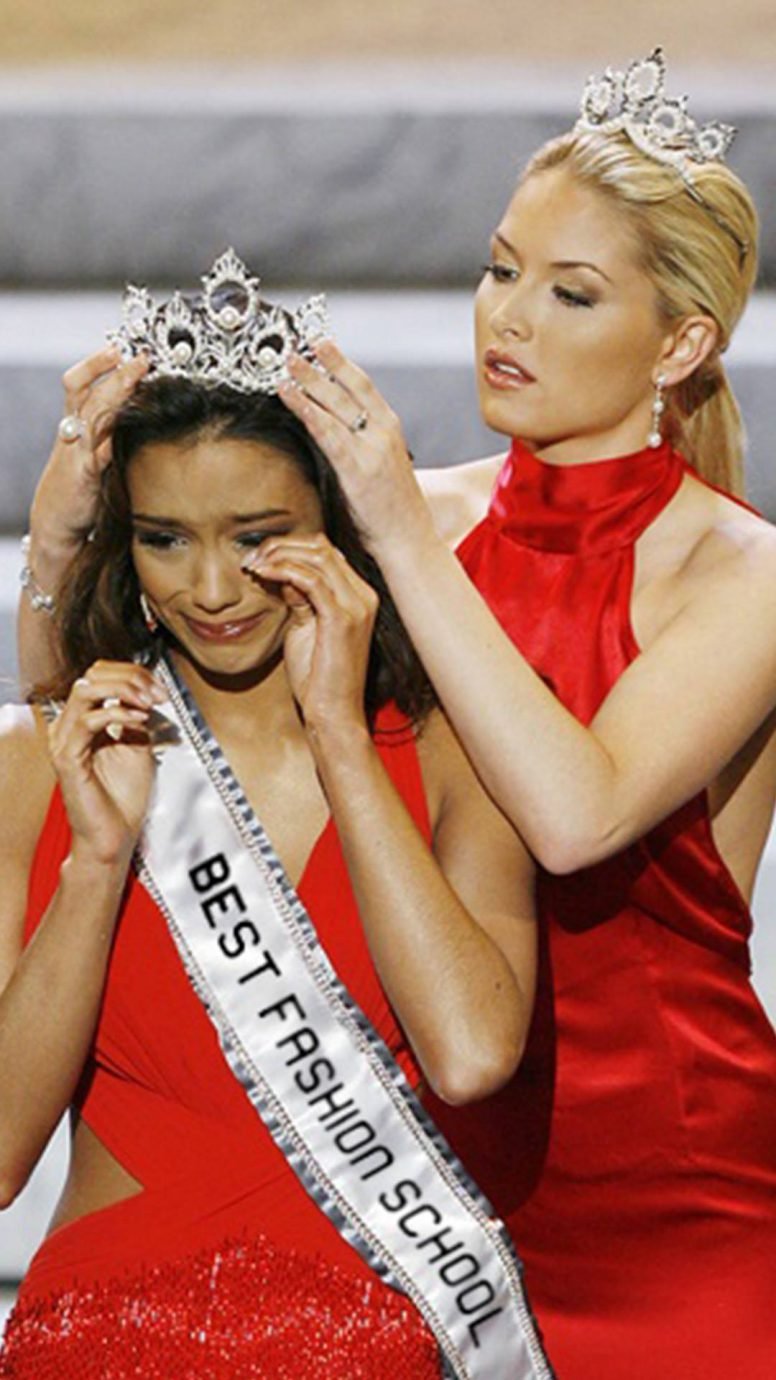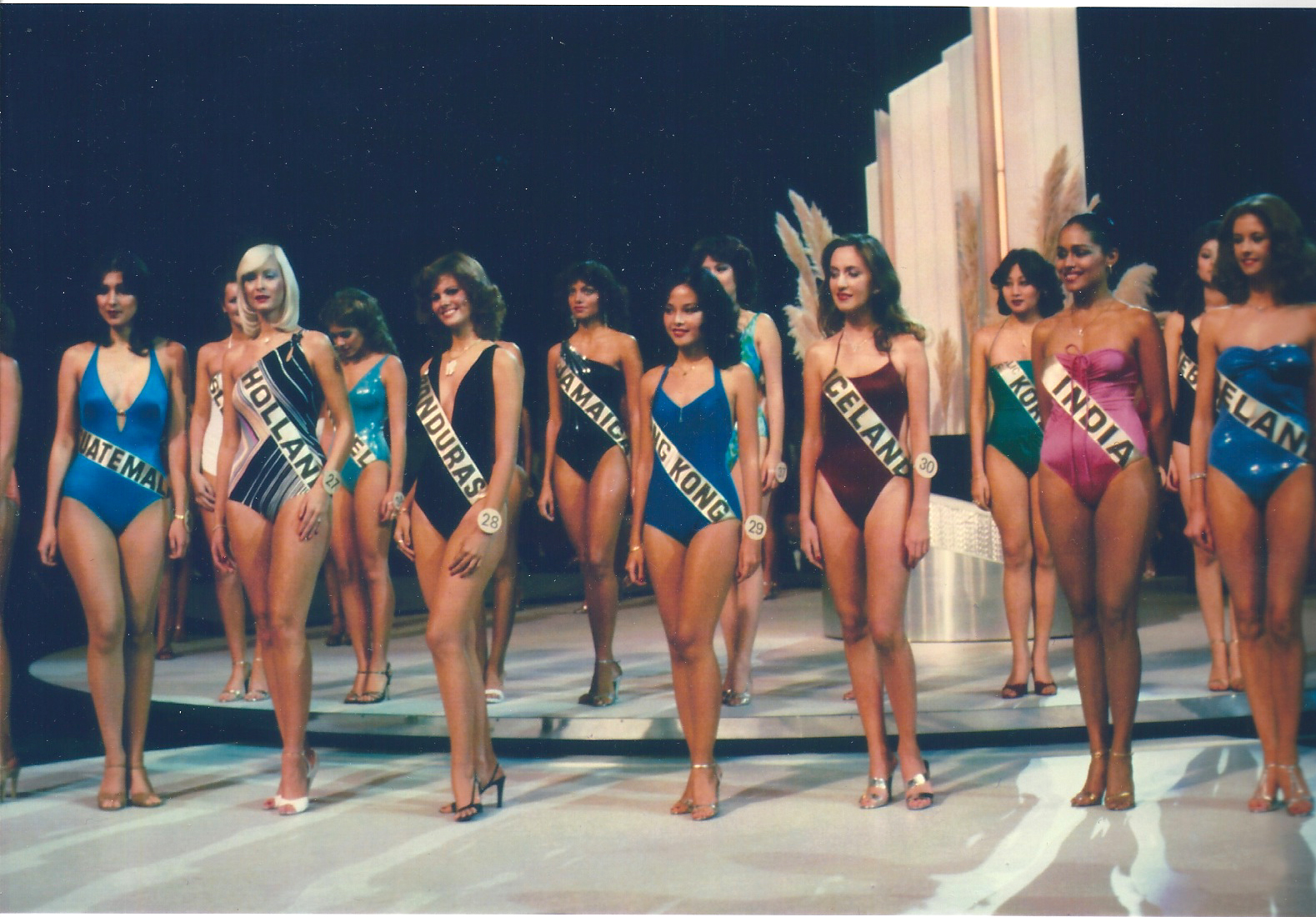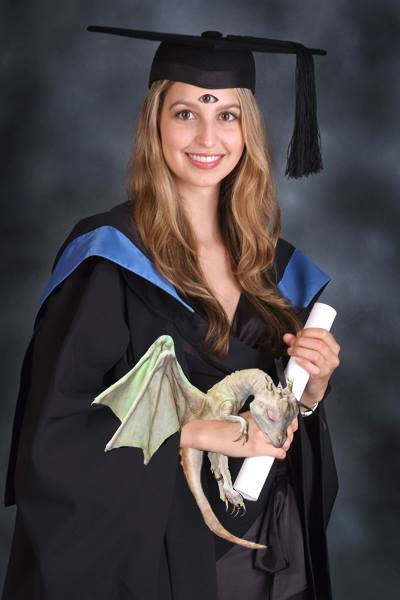“FASHION EDUCATION CAN’T BE SURVEYED, JUDGED, OR PUT IN BOXES TO TICK.”
As tuition fees rise, aspiring designers (and their parents) naturally look for any form of guarantee when it comes to employment after graduation. In that case, school rankings can provide future students with general guidance to what the industry, and particularly employers, are looking for. Nevertheless, it’s important to question how lists influence our perception of fashion education, and fashion design more generally.
The truth is that, however objective a ranking claims to be, its methodology is undeniably guided by ethical and economic values. Before establishing a ranking, one needs to prioritize certain measurements of success. Is it important for students to experiment with ideas, or should they produce something that’s commercially viable? Should students be happy, or just good at what they do? Is sustainability a determining factor? “There are as many criteria to measure art education as there are schools. One could be first in a certain category and last in another,” said Francine Pairon, founder of the fashion department at LaCambre, and the MA fashion at IFM. “That nuance isn’t perceptible in a single list.” When we consider a single classification as neutral or objective, we accept those implied values as general truths.
This is also the case for the most recent, and most widespread, ranking: Business of Fashion’s annual Global Fashion School Ranking. BoF isn’t the only media platform to classify fashion schools, but they are unique in their calculated branding strategy surrounding the release of the results, landing themselves the self-proclaimed title of “only objective assessment of fashion schools around the world.” Since the ranking’s release earlier this month, it has already been met with numerous critiques, primarily by Parsons MFA course leader, Shelley Fox [see her full statement here]. This year, the New York-based program decided to no longer participate in the ranking: “The fashion industry is the 2nd biggest polluter in the world and is currently in a place of undeniable confusion acknowledging its slow structural collapse,” wrote Fox. “We cannot set a precedent for our students in presenting admission into the current fashion industry as a primary measure of success.” Fox questioned the ranking’s methodology, which focuses mainly on the school’s ability to fit graduates into a pre-established system. Reputation, alumni network, employment, career preparedness,… all the “indicators of quality” consider the existing system as an ideal measuring stick. In a time where the industry is in such a need to reinvent itself, it’s at the very least questionable to see that alternative thinking and experimentation aren’t actually valued. “A critical attitude towards the fashion industry is urgently needed to realise social, cultural, ecological and economic change, so thinking in out-dated ‘success statistics’ will not exactly open up the reader’s mind to what fashion encompasses. The fashion industry is supposed to be all about our ability to embrace change!” said Niels Klavers from the Gerrit Rietveld Academie.
“A CRITICAL ATTITUDE TOWARDS THE FASHION INDUSTRY IS URGENTLY NEEDED TO REALISE SOCIAL, CULTURAL, ECOLOGICAL AND ECONOMIC CHANGE, SO THINKING IN OUT-DATED ‘SUCCESS STATISTICS’ WILL NOT EXACTLY OPEN UP THE READER’S MIND TO WHAT FASHION ENCOMPASSES.”
The danger lies within the supposed neutrality of these lists. Institutions could start adapting their budgets and curriculum to the criteria of the ranking in hopes of obtaining a higher placement. Imagine schools raising enrolment fees to pay for cafeteria renovations or improving the lecture theatre instead of providing more bursaries. Unsurprisingly, the priorities of most fashion tutors lie somewhere else: “Values that are important to us are the capacity to express oneself individually, the positive experience of creating something new, alone or with others, to be curious and to dare to push one’s own limits. Success is not only economical,” said Valeska Schmidt-Thomsen, head of fashion at the UdK in Berlin. The same goes for the future students, who don’t always see employability as a number one priority: “I’ve noticed personal well-being and ethical criteria have become more important to students, which is very healthy for the fashion world. Working for a luxury group isn’t the dream job anymore,” said Thierry Rondenet, director of the BA in fashion design at IFM.
One of the reasons for this disconnect between the needs of both students and tutors, and the priorities of these rankings is the lack of specialists involved in the establishment of its methodology. Andrew Groves, course director for BA fashion design at the University of Westminster, noted the gap between media and academia when it comes to these rankings: “When the BoF ranking started, they just asked us for information, but they never sat down with any educators to establish the criteria, to ask us what we believe would be useful for students to see. Which I believe is a missed opportunity.”
When a media platform decides to evaluate fashion education, their motivation is rarely the general well being of the next generation. This means that providing correctly researched and truthful information isn’t necessarily a priority. In the case of BoF, Fox noted a conflict of interest. The media outlet “set up their own educational courses one year after the first Global Fashion School Rankings were launched in 2015. Numerous well-established institutions voluntarily handed over all their data in the hopes to become part of a seemingly much sought after ranking […] Business of Fashion reaps from the benefits of the scenario they created while standing outside the realm of education.” Additionally, BoF doesn’t shy away from building financial relationships with the same institutions it’s supposed to assess, something that isn’t mentioned on their methodology page. “BoF have offered we can see our complete results but we have to pay,” said Simon Ungless. “As expected, about a month after submission we were contacted by BoF with several ‘partnership’ opportunities.”
Another issue with these rankings is that they use the speciality of each school as an opportunity for critique, instead of celebration. Matthijs Boelee, head of fashion design at the ArtEZ in Arnhem explained that his department is “relatively small with around 110 to 120 students divided over four-course years.” Because of that, “every student is a ‘face’ instead of a number and all students are involved in department meetings.” The working of ArtEZ and the experience of each student are therefore incomparable to a BA at Central Saint Martins, where the number of graduates is over four times as high, and participating in managerial decisions is practically impossible. Similarly, the educational mission at the Academy of Art in San Francisco, where tutors consider themselves “working professionals teaching future professionals,” is inherently different to the Royal College of Art, which teaches students to question the meaning of fashion itself. Explaining these differences is crucial if we want to ensure that each student finds the right match for their academic needs and, in the long run, their place in the industry.
“I THINK THE WORSE ASPECTS OF THIS KIND OF RANKING IS CREATING FALSE COMPETITION BETWEEN INSTITUTIONS.”
“I think the worse aspects of this kind of ranking is creating false competition between institutions, and commodifying fashion education, not just the service, but also the student achievement,” explained Leslie Holden, head of fashion & design at AMFI. Fox agreed. In her statement, she explained that “the knowledge that students bring into the program from their previous educational experience, is something that benefits our own trajectory in working with the students in the pursuit of refining their skillsets further. As the baton is passed onto us, we cannot be in the situation to view these institutions as competitors, while all this time they have been our allies and continue to be so.”
So what would be an appropriate way to measure the value of these institutions, and guide young students as they look for the perfect school to help them reach their exciting goals? “Rather than ranking us all, if they could inform students about the differences between us and why we purposely have those differences,” answered Andrew Groves, “If the list does anything, it should make students more informed about the decision they’re making.”
So, we know what to do. Describe in detail what each school has to offer, and celebrate diversity, instead of aiming for a landscape where each school offers the exact same curriculum.










